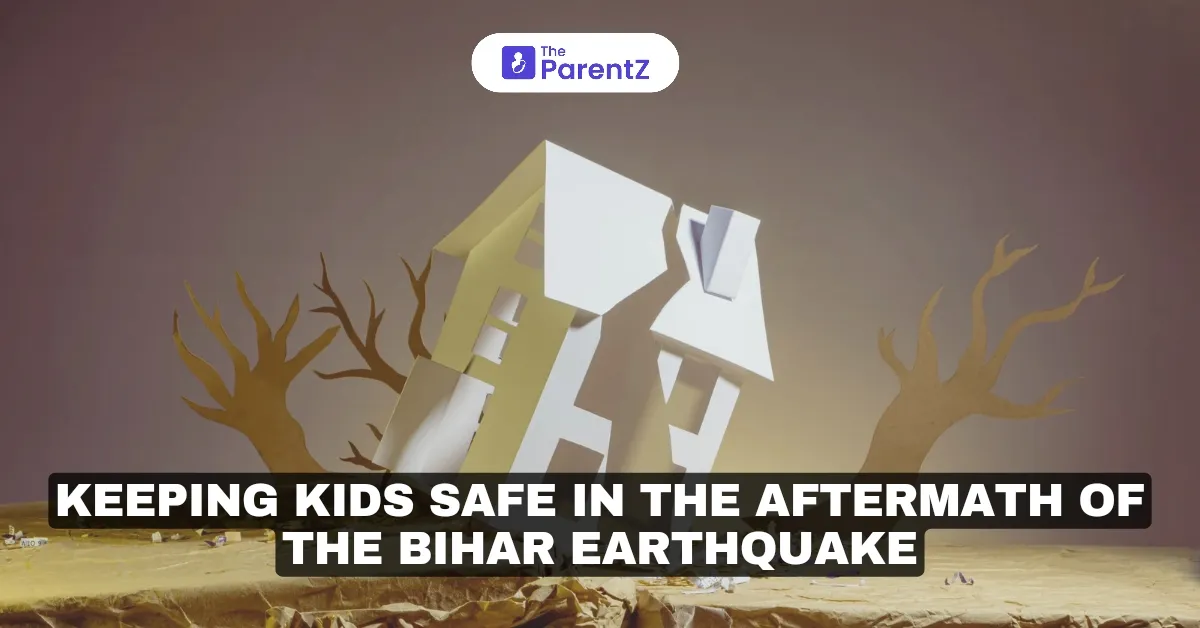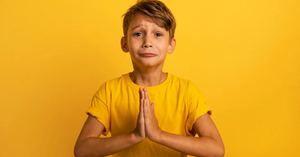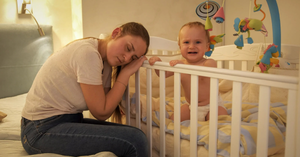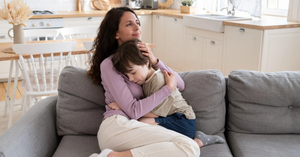The Bihar earthquake—a moment when the Earth shook and the time seemed to freeze. The incident has left scars on the hearts of the families affected.
And for parents, the days post disaster were filled with relief and concerns about how to protect their little ones from the chaos.
Kids are, in fact, the most vulnerable during and after natural disasters.
And their physical safety, emotional safety, and basic needs are something to be kept at priority.
Read this article to learn about some effective tips on how you can keep your kids safe in the aftermath of the Bihar earthquake so that they can feel secure even in an uncertain phase.
What Are The Risks Post Earthquake?
The inevitable truth is—earthquakes leave a trail of destruction—damaged buildings, disrupted services, and a significant risk of aftershock. In Bihar, though the conditions were manageable, in Nepal, the epicenter of the earthquake, tremors measured at 7.1 magnitude. Earthquakes with a magnitude above 7 are potentially damaging.
As of now, no incidents have been reported in Bihar. However, in Tibet, at least a hundred people have been killed and the other hundred injured heavily. The aftermath can pose several dangers to kids, including unstable structures, contaminated water supplies, and the emotional trauma of losing stability.
This is why it becomes even more essential for parents to act wisely.
Ensure Immediate Physical Safety
After an earthquake, the environment can be hazardous as broken glass, debris, and weakened buildings pose immediate risks. Thus, as parents, you must keep children away from damaged structures and cordon off unsafe areas.
Try creating a safe zone, preferably in an open area away from buildings and trees, while letting them know how to recognize warning signs such as cracks in walls or unusual noises that might signal an unstable structure. Since aftershocks are common, it is important to take precautionary measures.
Provide Basic Necessities
In the aftermath of a disaster, access to clean water, food, and shelter becomes even more important. In fact, according to UNICEF, nearly 70 percent of health issues in disaster-stricken areas arise solely due to contaminated water.
Therefore, the best way to ensure your kid’s safety is to make sure they are drinking only clean, boiled, or bottled water.
If you are in a relief camp, you can talk to the organizers about your child’s dietary needs to ensure they receive suitable meals.
Avoiding Health Risks
The days following an earthquake often see an increase in illnesses due to poor sanitation and limited medical access. Issues such as diarrhea, respiratory infections, and skin conditions are relatively common.
Therefore, make sure your child follows basic hygiene habits and washes their hands frequently with soap and water, especially before eating. If in case soap is unavailable, use alcohol-based sanitizers. For minor injuries, keep a first aid box ready.
Educating Kids About Post-Disaster Safety
The last and the best approach is to make your kids educated about how to ensure post-disaster safety. Inform them about simple earthquake safety measures, such as the Drop, Cover, and Hold On technique, and explain what to do during aftershocks.
If your family is in a relief camp, let them know about the emergency exits and safe zones. Make sure to reassure them that these are just precautionary measures and everyone’s safe as long as the guidelines are being followed.








Be the first one to comment on this story.